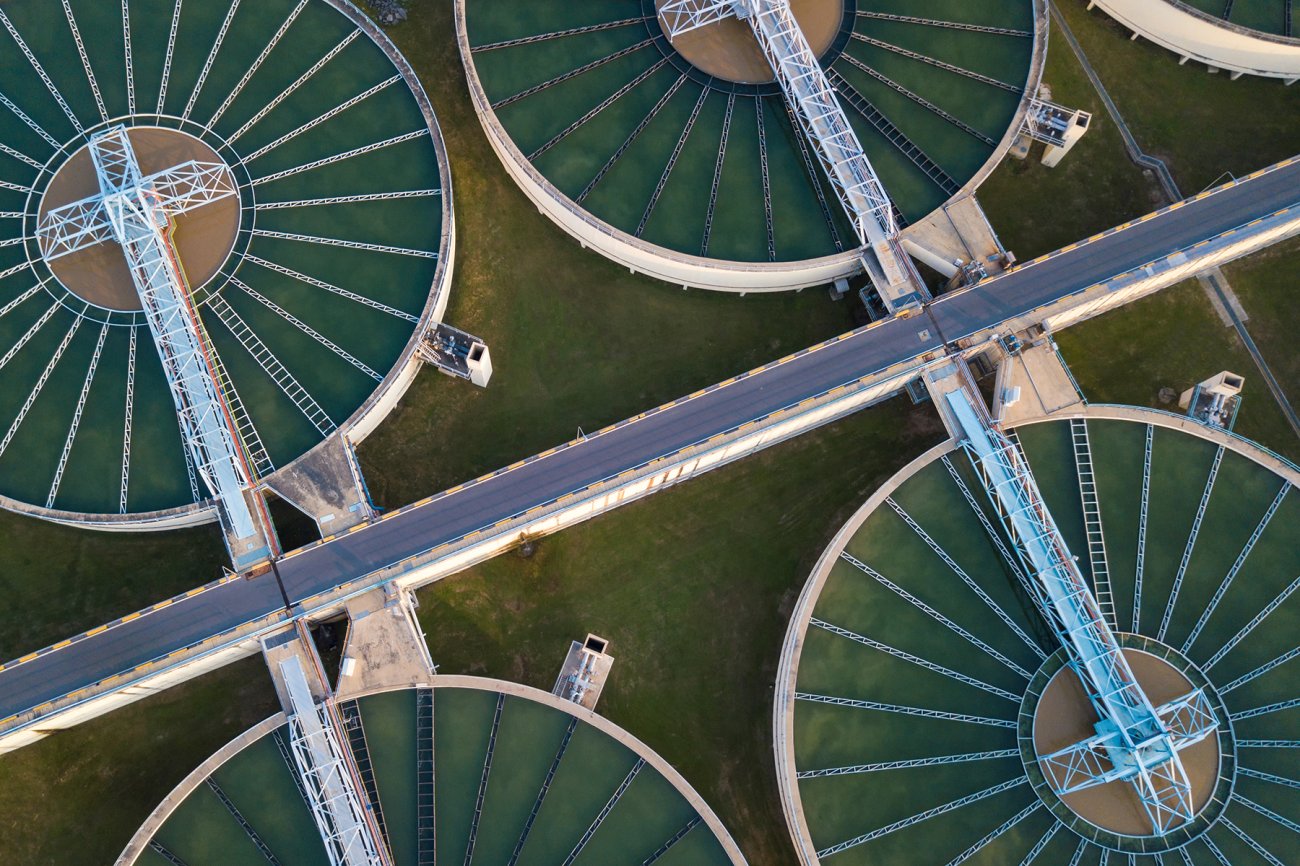7 Easy Facts About Reclaim Waste Described
7 Easy Facts About Reclaim Waste Described
Blog Article
Getting The Reclaim Waste To Work
Table of ContentsA Biased View of Reclaim WasteSee This Report about Reclaim WasteWhat Does Reclaim Waste Do?10 Simple Techniques For Reclaim WasteReclaim Waste Can Be Fun For Everyone
Discover the kinds, events, and forms of liquid waste. Domestic sewer waste describes the waste and items from a household septic container. This kind of waste is produced by people in residences, colleges, and other buildings. This only consists of sewage-disposal tanks that have a drain field. The proper administration and disposal of domestic sewer waste need fluid waste to be moved to a sewer treatment plant where the proper methods and equipment are related to cleanse and deal with waste.
Commercial waste often consists of prospective threats, such as flammable materials or a combination of liquid and strong waste items, and requires an advanced and comprehensive disposal procedure. The disposal of commercial waste commonly includes the purification of waste before transportation to ensure safe and proper disposal. Industrial waste is developed from byproducts and overflow of commercial procedures and manufacturing.
This sort of waste can not use the same sewer administration transport or procedures as septic or business fluids. The hazardous waste monitoring process needs the inspection and testing of fluid waste prior to it goes through the disposal procedure (liquid waste removal). Drainage waste is the fluid waste that originates from runoff and excess stormwater in highly inhabited locations or cities
Drainage waste can create contamination and flooding if not handled properly. Guaranteeing proper waste administration can protect against disasters and reduce environmental harm.
The Of Reclaim Waste
Contact PROS Solutions today to discover our waste monitoring and disposal services and the proper means to look after the fluid waste you produce.
(https://profile.hatena.ne.jp/reclaimwaste1/)Do you know what takes place to your water when you disengage, flush the commode or drain pipes the cleaning machine? No? Well, it deserves knowing. This supposed 'wastewater' is not only a vital resource however, after treatment, will be released to our land, rivers or the sea. Used water from bathrooms, showers, baths, kitchen area sinks, washings and commercial procedures is recognized as wastewater.

water made use of to cool equipment or tidy plant and devices). Stormwater, a kind of wastewater, is overflow that streams from farming and urban locations such as roofings, parks, yards, roadways, paths and rain gutters right into stormwater drains, after rainfall. Stormwater flows neglected directly to regional creeks or rivers, ultimately reaching the sea.
Everything about Reclaim Waste
In Queensland, a lot of wastewater is treated at sewage treatment plants. Wastewater is transported from domestic or commercial sites via a system of sewage systems and pump terminals, known as sewerage reticulation, to a sewer treatment plant.
The Division of Natural Resources suggests regional federal governments regarding managing, operating and preserving sewage systems and therapy plants. In unsewered areas, city governments may call for householders to mount individual or home sewer treatment systems to deal with domestic wastewater from commodes, kitchen areas, shower rooms and laundries. The Division of Natural Resources authorizes making use of family systems when they are verified to be effective.
Many stormwater receives no treatment. In some brand-new subdivisions, treatment of some stormwater to remove clutter, sand and crushed rock has started using gross contaminant traps. Wastewater treatment happens in four stages: Removes strong issue. Larger solids, such as plastics and various other things wrongly released to sewers, are gotten rid of when wastewater is passed with screens.
Makes use of small living microorganisms understands as micro-organisms to break down and eliminate staying dissolved wastes and great bits. Micro-organisms and wastes are integrated in the sludge.
More About Reclaim Waste
Nutrient elimination is not offered at all sewer treatment plants because it requires costly specialist tools. Clear liquid effluent produced after treatment might still include disease-causing micro-organisms - liquid waste find more disposal.

Many wastewater moves into the sewage system. Under the Act, regional governments provide authorizations and permits for eco appropriate tasks (Ages) entailing wastewater releases that could have a local influence.
The Single Strategy To Use For Reclaim Waste
Or else, samples are taken for research laboratory analysis. Often lots of examinations are needed to develop the degrees of each of the different pollutants such as oils, hefty steels and pesticides in water. Tracking provides valid info concerning water high quality and can validate that permit conditions are being met. The info acquired with surveillance provides the basis for making water quality decisions.
Report this page